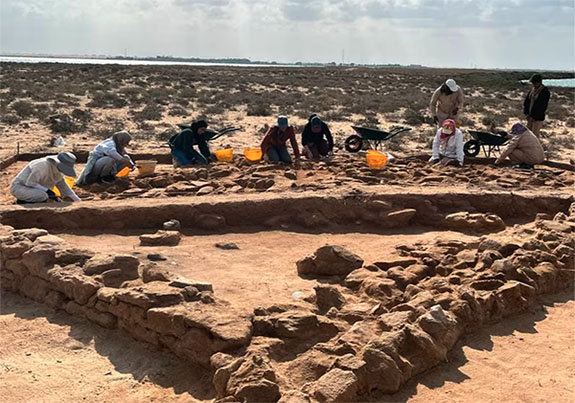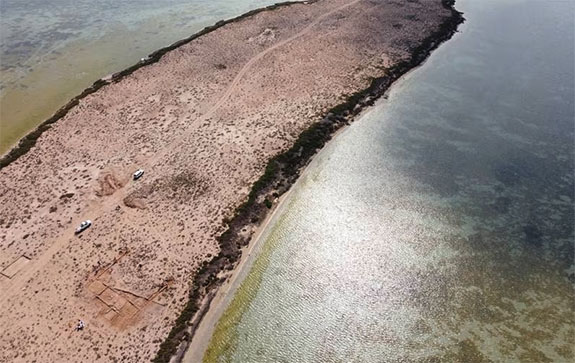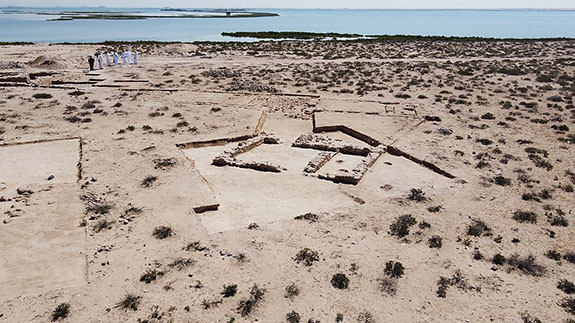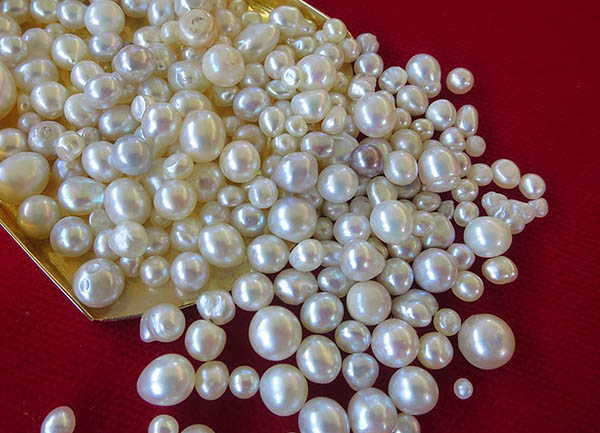Welcome to Music Friday when we often bring you throwback songs with jewelry, gemstones or precious metals in the lyrics or title. Today, we return to the early days of cable TV and celebrate the 40th anniversary of Spandau Ballet's James Bond-tinged pop anthem, "Gold."
In the song, the protagonist's former love interest embodies the properties of a precious metal that is not only rare and beautiful, but virtually indestructible.
Lead vocalist Tony Hadley sings, "Gold (Gold) / Always believe in your soul / You've got the power to know / You're indestructible / Always believe in, 'cos you are / Gold (Gold).
Songwriter and lead guitarist Gary Kemp had always been inspired by the soaring theme songs composed by John Barry for the Agent 007 series and was determined to compose one of his own. Kemp headed to his bedroom and knocked out "Gold."
"I used to get my brother Martin to come in when I was writing songs to give an opinion, muck about on his bass to see if I was going in the right direction," Kemp told The Mail in 2011. "He loved 'Gold' from the start so I knew that I was on to something."
It was 1983 when Spandau Ballet earned a coveted spot on the MTV playlist with a lavishly produced music video for "Gold," a 3:51 journey of international intrigue that paid homage to Raiders of the Lost Ark (1981) and Goldfinger (1964).
In the music video, shot in Andalusia, Spain, Hadley plays an adventurer who searches an exotic town for the missing pieces of a gold puzzle.
"Gold" was released as the fourth single from Spandau Ballet's third album, True. With support from the fledgling MTV network, "Gold" became an international hit, charting in nine countries.
The song caught the attention of the BBC, which made "Gold" the theme song for its coverage of the 1984 Olympics in Los Angeles. In 1988, the band was invited to perform the song at the ceremony that saw Seoul pass the Olympic torch to the next host city, Barcelona. Even today, "Gold" continues to be a song associated with Olympic glory.
Formed in North London in 1979 by brothers Gary and Martin Kemp, Tony Hadley, Steve Norman, and John Keeble, Spandau Ballet enjoyed a run of new wave hits in the '80s and then a resurgence in 2009.
Please check out Spandau Ballet's official music video for "Gold." The lyrics are below if you'd like to sing along…
"Gold"
Written by Gary Kemp. Performed by Spandau Ballet.
Thank you for coming home
I'm sorry that the chairs are all worn
I left them here I could have sworn
These are my salad days
Slowly being eaten away
Just another play for today
Oh but I'm proud of you, but I'm proud of you
Nothing left to make me feel small
Luck has left me standing so tall
Gold (Gold)
Always believe in your soul
You've got the power to know
You're indestructible
Always believe in, 'cos you are
Gold (Gold)
Glad that you're bound to return
There's something I could have learned
You're indestructible, always believing
After the rush has gone
I hope you find a little more time
Remember we were partners in crime
It's only two years ago
The man with the suit and the face
You knew that he was there on the case
Now he's in love with you, he's in love with you
My love is like a high prison wall
But you could leave me standing so tall
Gold (Gold)
Always believe in your soul
You've got the power to know
You're indestructible
Always believe in, 'cos you are
Gold (Gold)
I'm glad that you're bound to return
Something I could have learned
You're indestructible, always believing
My love is like a high prison wall
But you could leave me standing so tall
Gold (Gold)
Always believe in your soul
You've got the power to know
You're indestructible
Always believe in, 'cos you are
Gold (Gold)
I'm glad that you're bound to return
Something I could have learned
You're indestructible, always believing
Credit: Photo by Peter.Wetter, CC BY-SA 3.0, via Wikimedia Commons.




